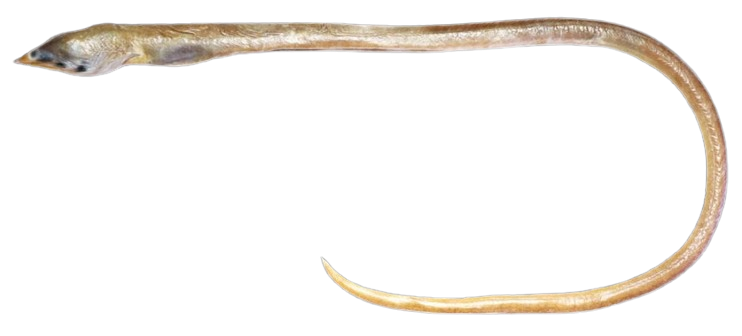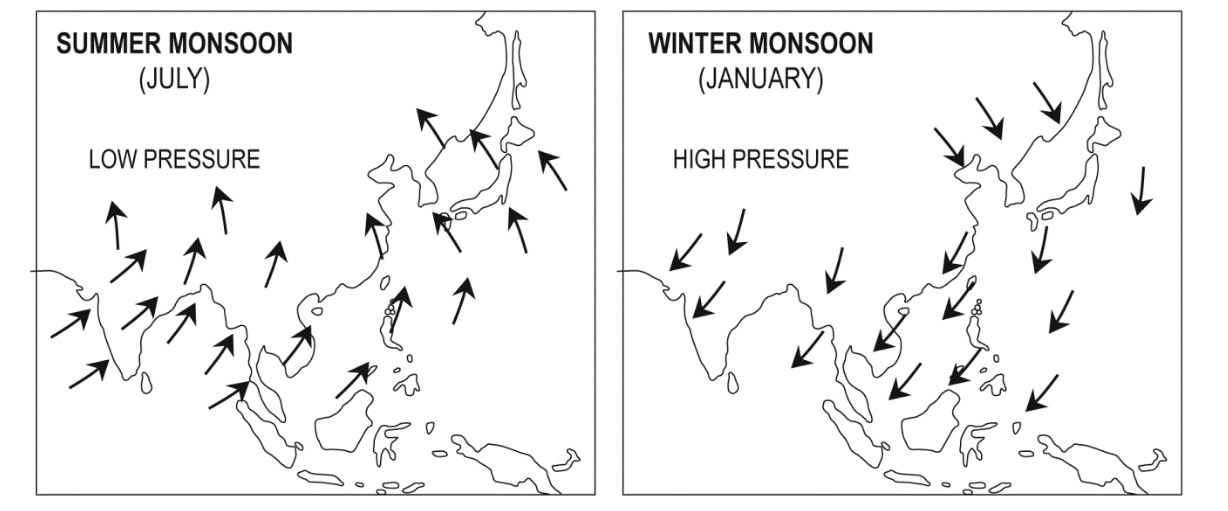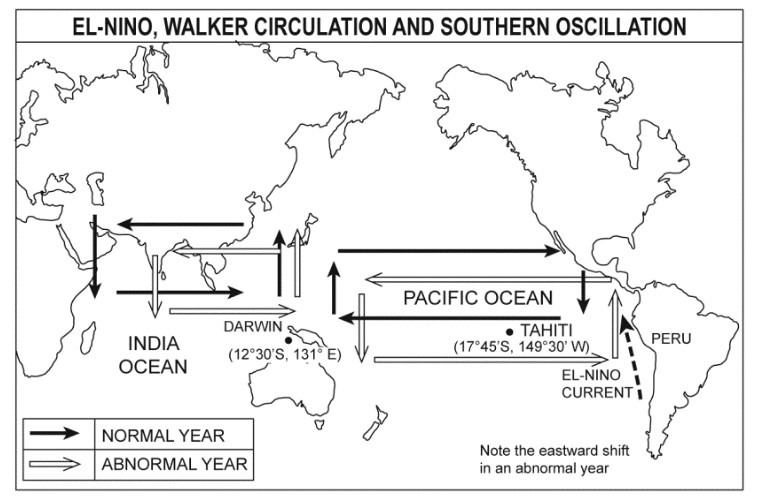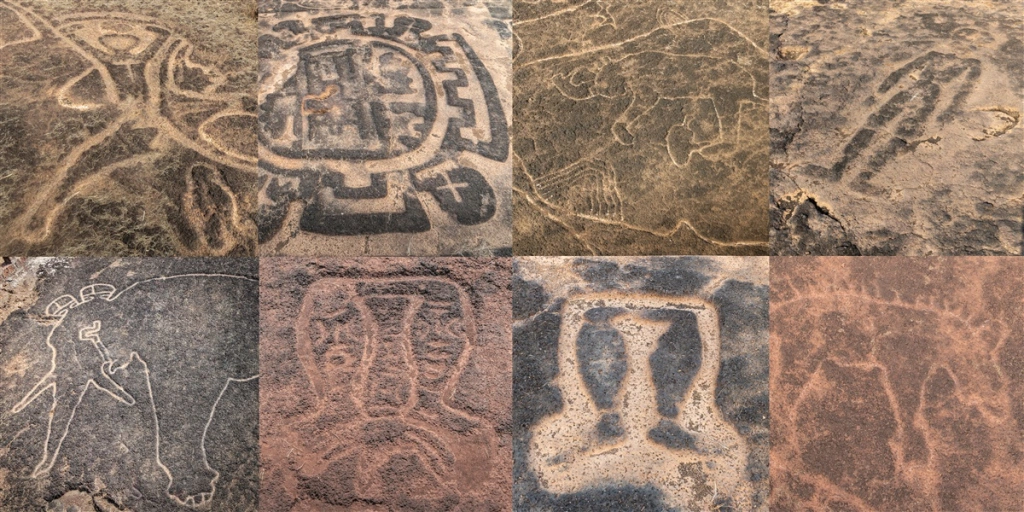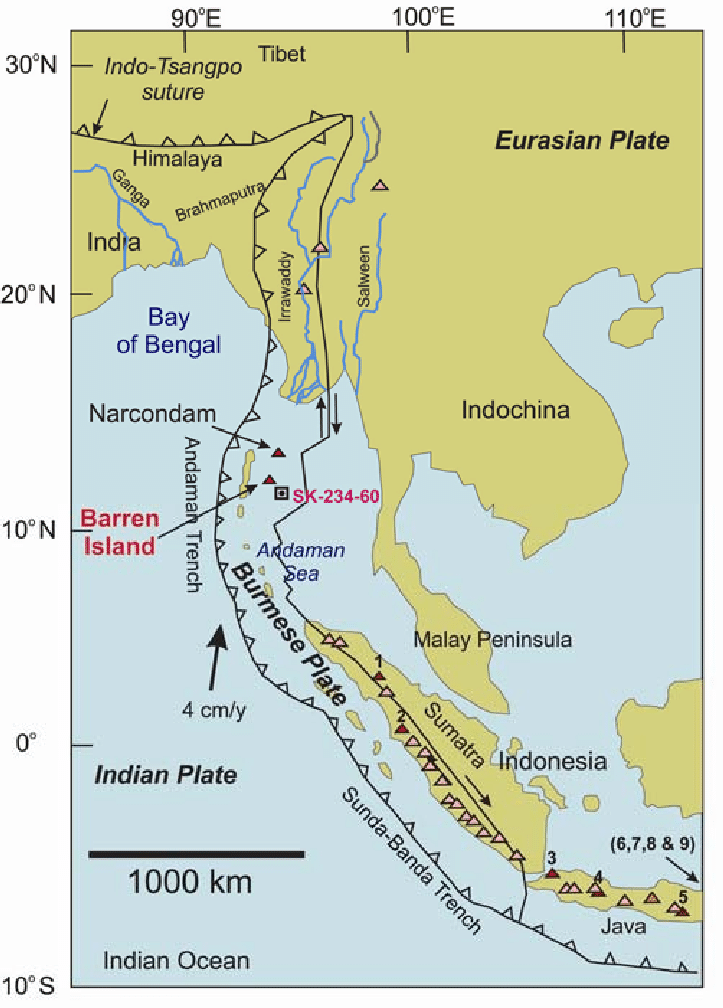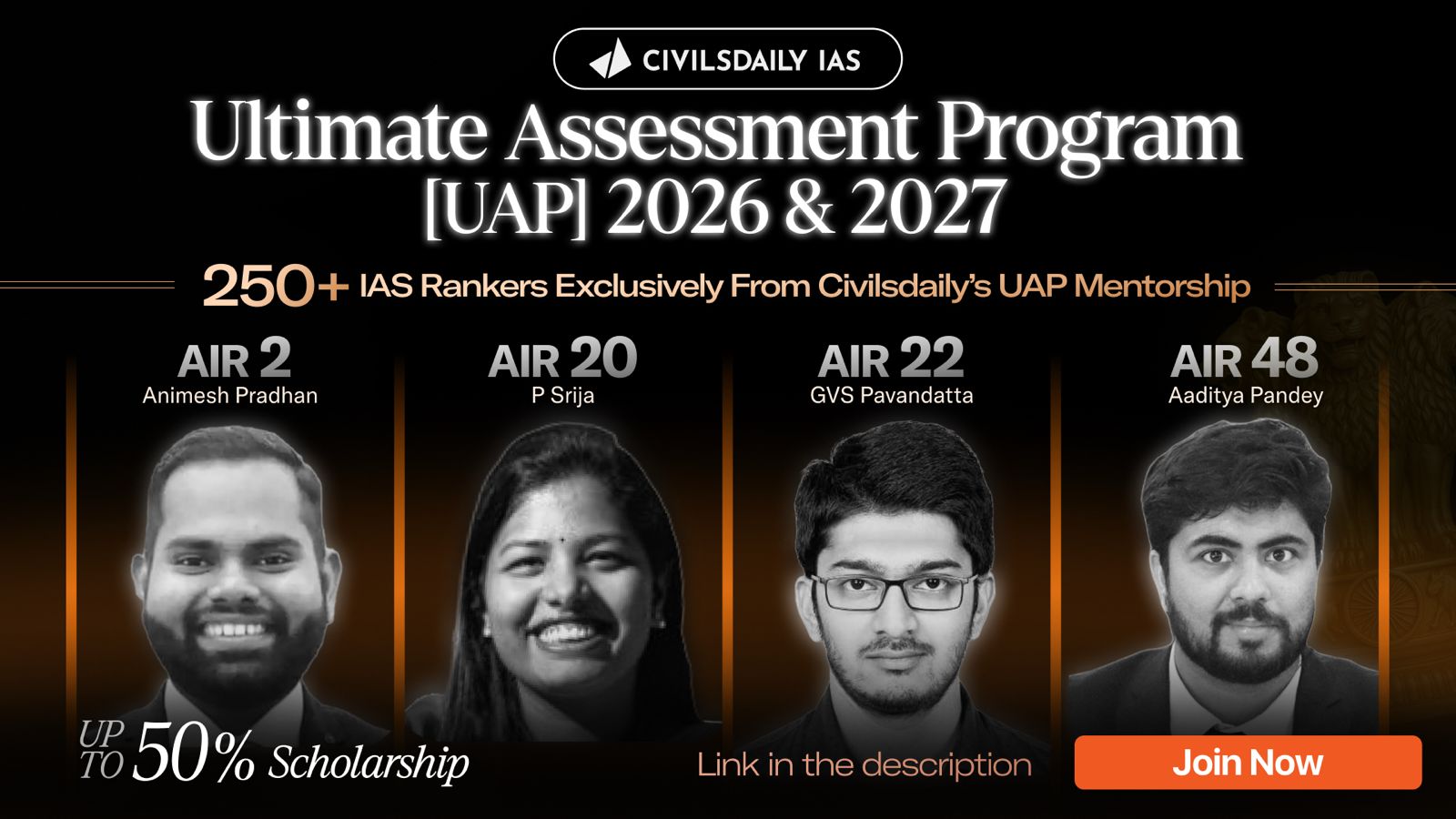Why in the News?
The Bureau of Energy Efficiency (BEE) under the Ministry of Power has issued draft CAFE-3 and CAFE-4 norms, applicable from April 2027 to March 2037.
About Corporate Average Fuel Efficiency (CAFE) Norms:
- What is it: Standards that mandate automakers to maintain a sales-weighted fleet average of fuel efficiency and CO₂ emissions across all passenger vehicles.
- Origin:
- First introduced in the United States in 1975 after the Arab Oil Embargo, aimed at lowering oil dependency.
- In India, first notified in 2017 under the Energy Conservation Act, 2001, framed by the Bureau of Energy Efficiency (BEE), Ministry of Power.
- Objective:
- Reduce CO₂ emissions and oil imports, improve energy security.
- Push adoption of EVs, hybrids, flex-fuels, and fuel-efficient technologies.
- Applicability: Passenger vehicles (< 3,500 kg gross vehicle weight) across petrol, diesel, LPG, CNG, hybrid, and electric categories.
- Phased Implementation in India:
- CAFE I (2017–2022) → CO₂ emission limit of 130 g/km.
- CAFE II (2022–2027) → stricter limit of 113 g/km.
- CAFE III (Draft, 2027–2032) → 91.7 g/km CO₂ limit, aligned with WLTP (World Harmonised Light Vehicle Test Procedure).
- CAFE IV (Draft, 2032–2037) → 70 g/km CO₂ limit (most stringent stage yet).
- Recent Updates (Draft CAFE-3 & CAFE-4, Sept 2025):
- Automakers allowed to form pools of up to 3 manufacturers.
- Pooling treated as one fleet for compliance; pool manager bears penalty if limits breached.
- A manufacturer can join only one pool per year but can switch in later years.
- Special relief for small cars (under 4m, <909 kg, <1200 cc): eligible for up to 9 g/km CO₂ relief.
- Incentives for flex-fuel vehicles (ethanol-petrol blends) and strong hybrids alongside EVs.
- Aim: Balance decarbonisation with consumer affordability and revive the small car segment (which saw 71% sales decline in 6 years).
- Compliance & Penalties:
- Exceeding CO₂ limits: Regulatory fines under the Energy Conservation Act, 2001.
- CAFE credits may be earned, traded, or carried forward to offset temporary lapses.
- Green Impact:
- Complements India’s Net Zero 2070 goals.
- Encourages fuel-efficient models, biofuels, and EV adoption.
How are CAFE Norms different from Bharat Stage (BS) Norms?
| CAFE Norms | Bharat Stage (BS) Norms | |
| Full Form | Corporate Average Fuel Efficiency | Bharat Stage Emission Standards |
| Primary Focus | Fleet-wide fuel efficiency & CO₂ emissions | Individual vehicle toxic exhaust pollutants (NOx, PM, CO, HC, SOx) |
| Objective | Reduce oil imports, improve energy efficiency, cut CO₂ | Reduce air pollution & public health risks |
| Regulating Authority | BEE, Ministry of Power (Energy Conservation Act, 2001) | MoEFCC & CPCB |
| Scope | Passenger vehicles (<3,500 kg GVW; petrol, diesel, LPG, CNG, hybrids, EVs) | Mainly ICE vehicles; tailpipe pollutants from petrol & diesel |
| Parameters Measured | Fleet average CO₂ (g/km) | Pollutants: NOx, CO, PM, HC, SOx |
| Basis of Measurement | Sales-weighted fleet average across all models | Individual vehicle emissions tested |
| Phases in India | CAFE I (2017–22: 130 g/km) → CAFE II (2022–27: 113 g/km) → Draft CAFE III (2027–32: 91.7 g/km) → Draft CAFE IV (2032–37: 70 g/km) | BS-I (2000) → BS-II (2005) → BS-III (2010) → BS-IV (2017) → BS-VI (2020; leapfrogged BS-V) |
| Testing Standard | Fuel efficiency & CO₂ per km (lab-tested, WLTP cycle for future) | Pollutant emissions measured under regulated driving cycles |
| Impact on Industry | Forces OEMs to balance fleet mix (e.g., SUVs offset by EVs/hybrids) | Forces OEMs to adopt clean fuel & emission-control tech (e.g., DPF, SCR) |
| Penalties | Heavy fines for fleet CO₂ non-compliance; penalties apply to pool manager in pooled fleets | Non-compliant vehicles cannot be sold; penalties & recalls |
| Global Parallel | U.S. CAFE norms (1975) | Euro emission standards |
| [UPSC 2020] Which of the following are the reasons/factors for exposure to benzene pollution?
1. Automobile exhaust 2. Tobacco smoke 3. Wood burning 4. Using varnished wooden furniture 5. Using products made of polyurethane Select the correct answer using the code given below: Options: (a) 1, 2 and 3 only * (b) 2 and 4 only (c) 1, 3 and 4 only (d) 1, 2, 3, 4 and 5 |
Get an IAS/IPS ranker as your 1: 1 personal mentor for UPSC 2024



